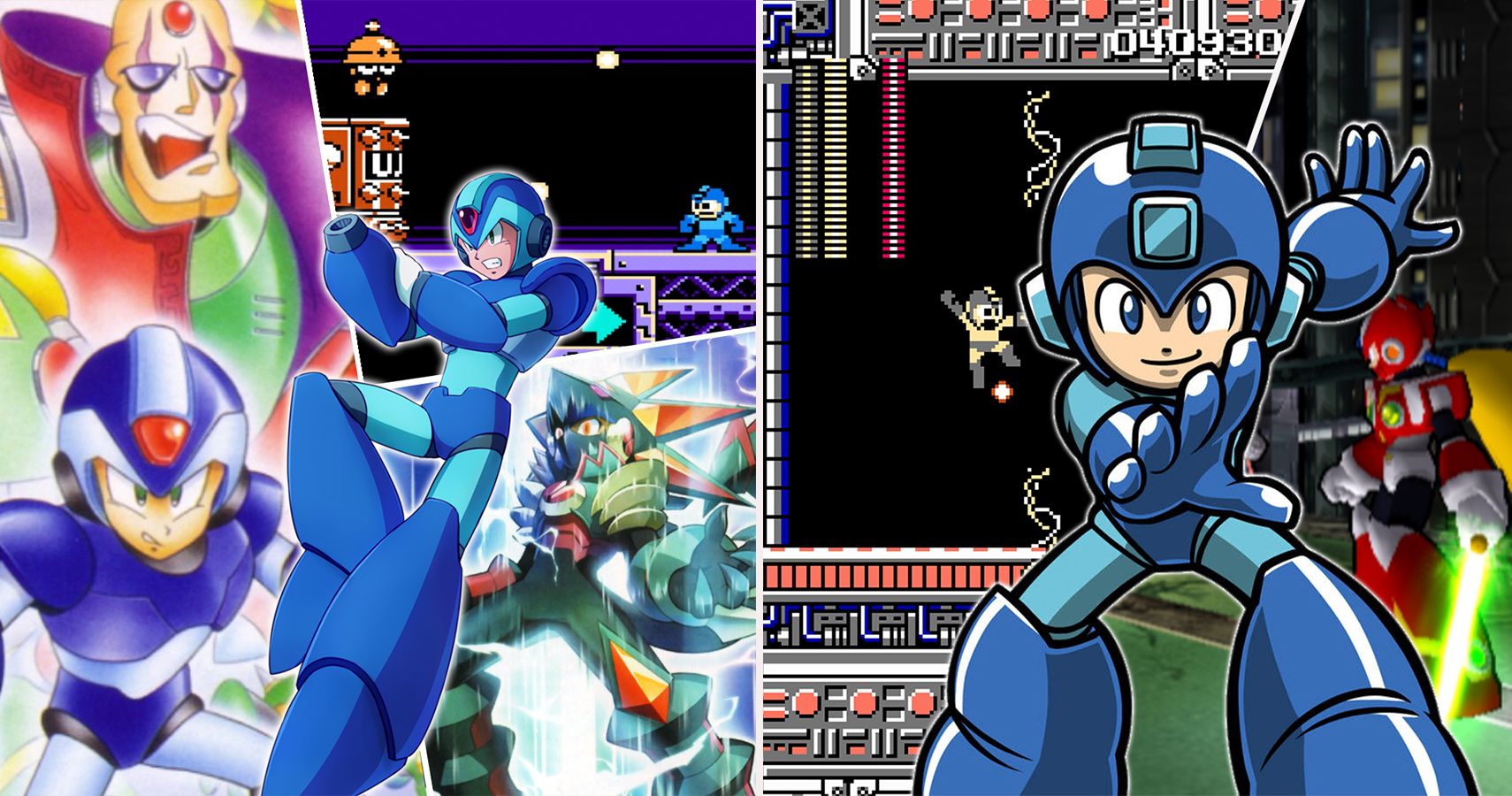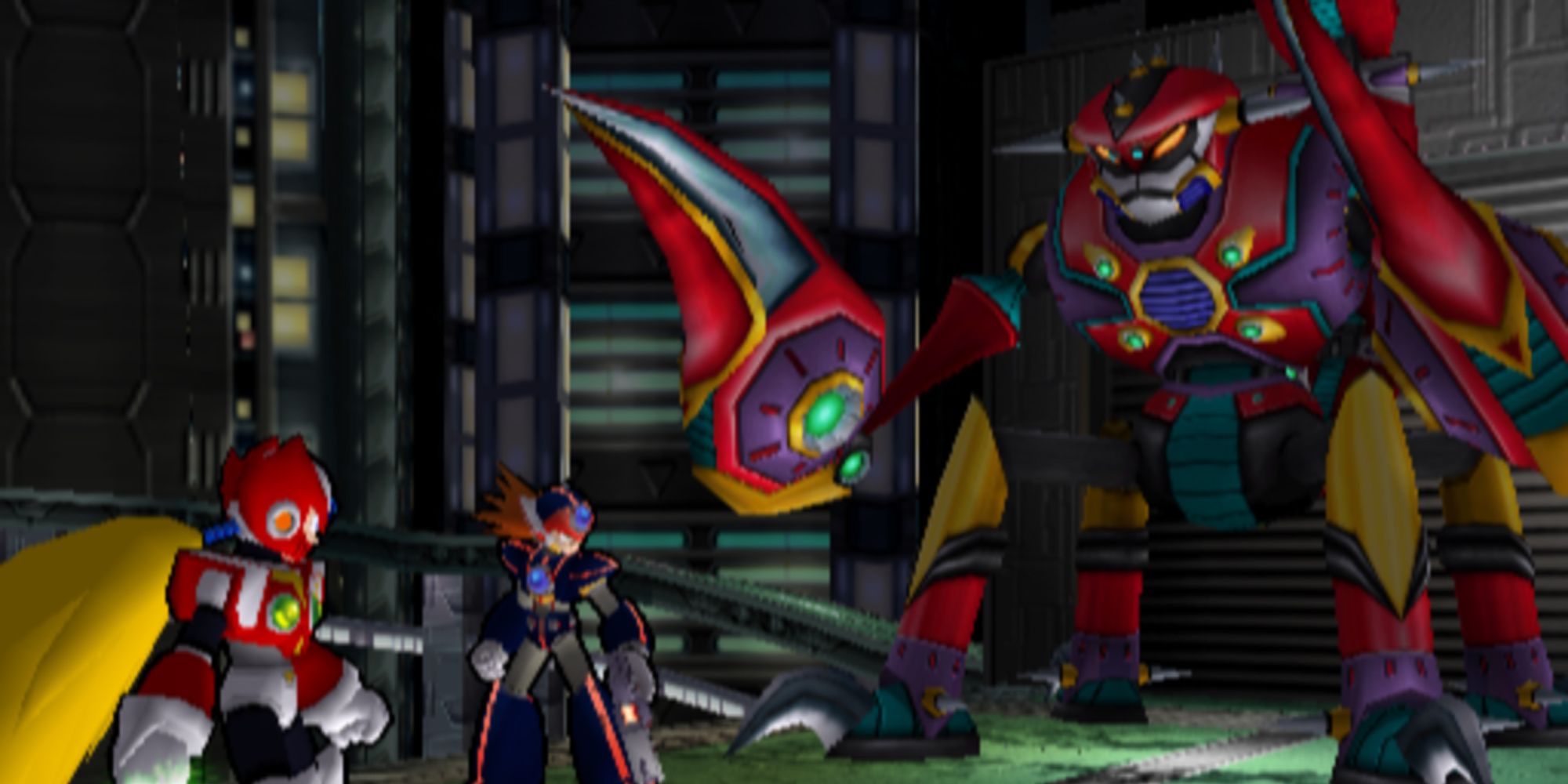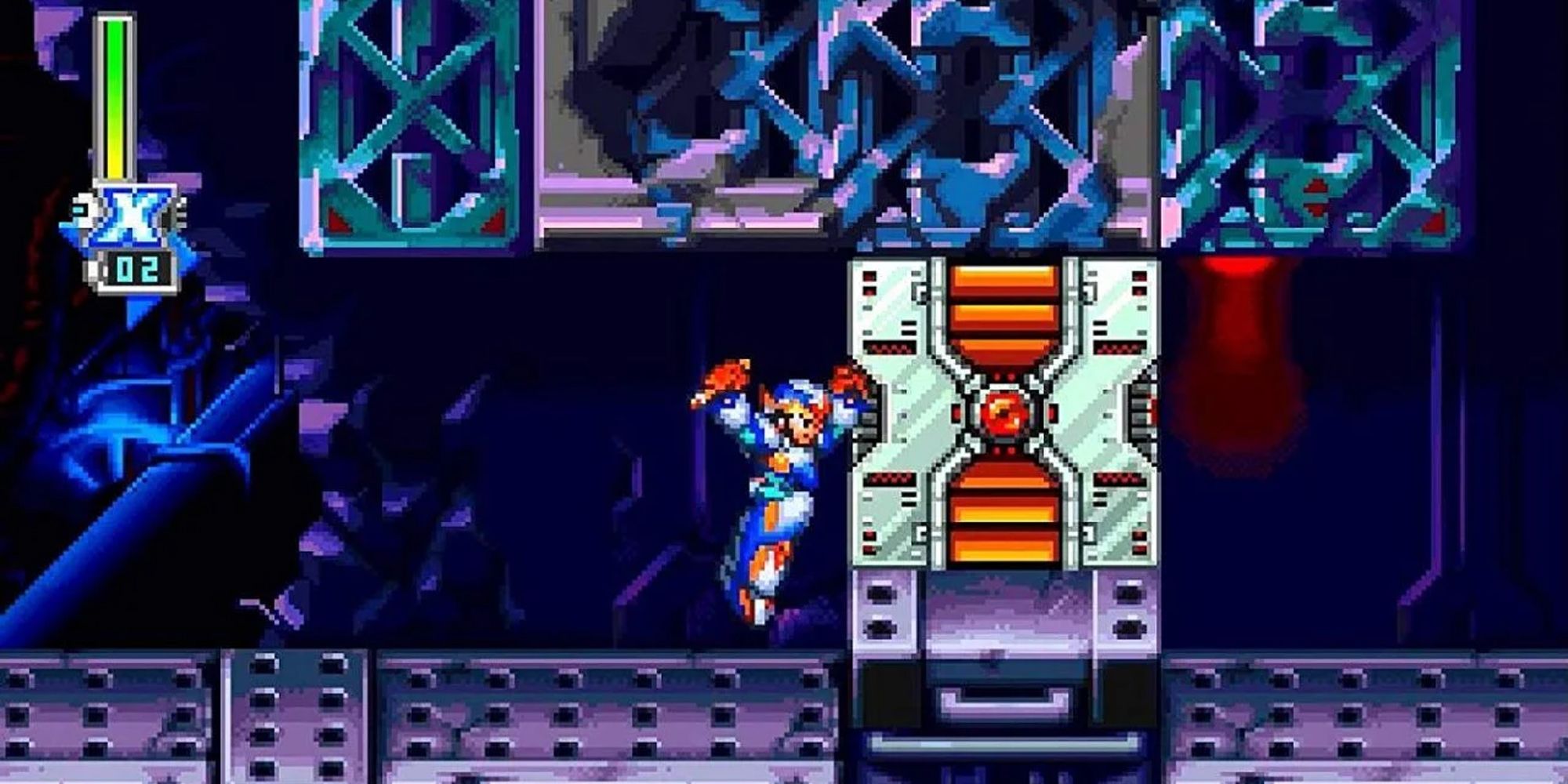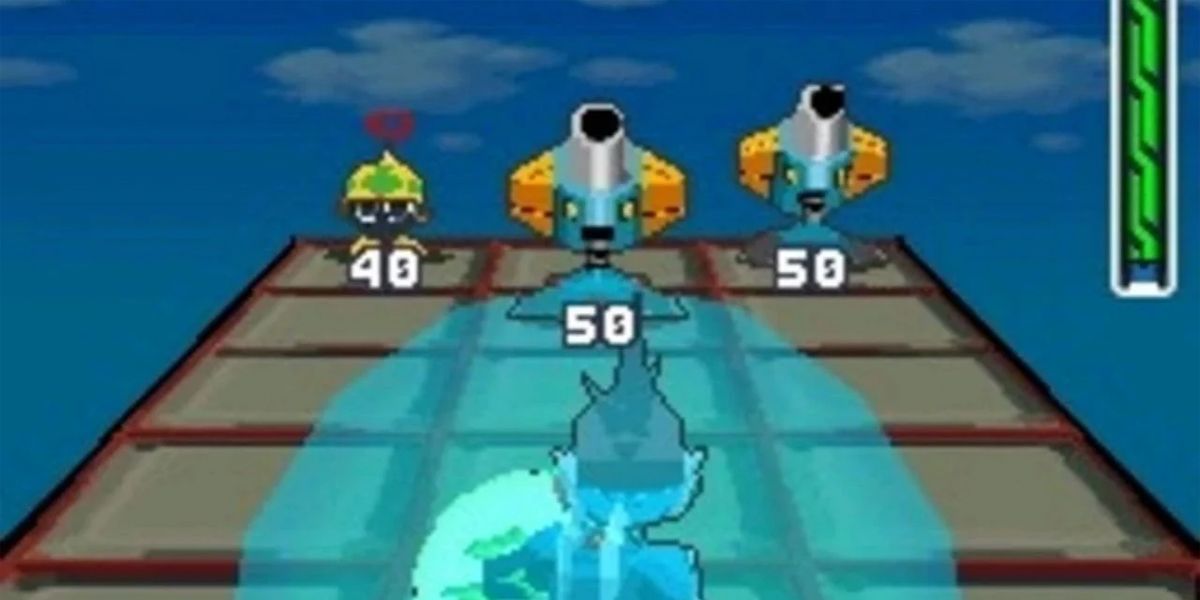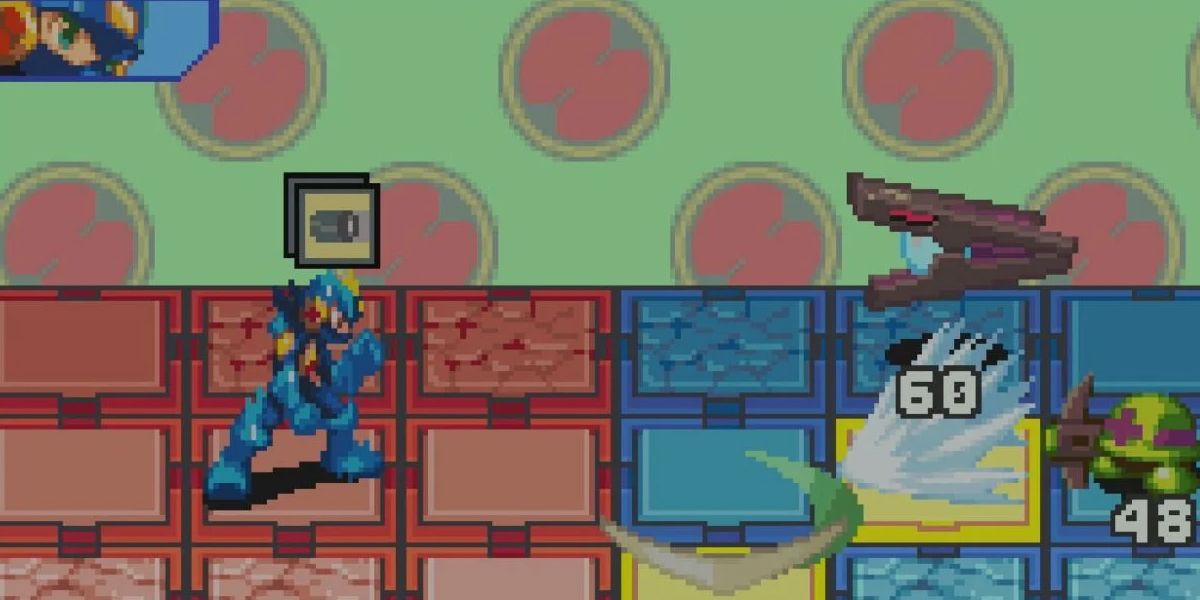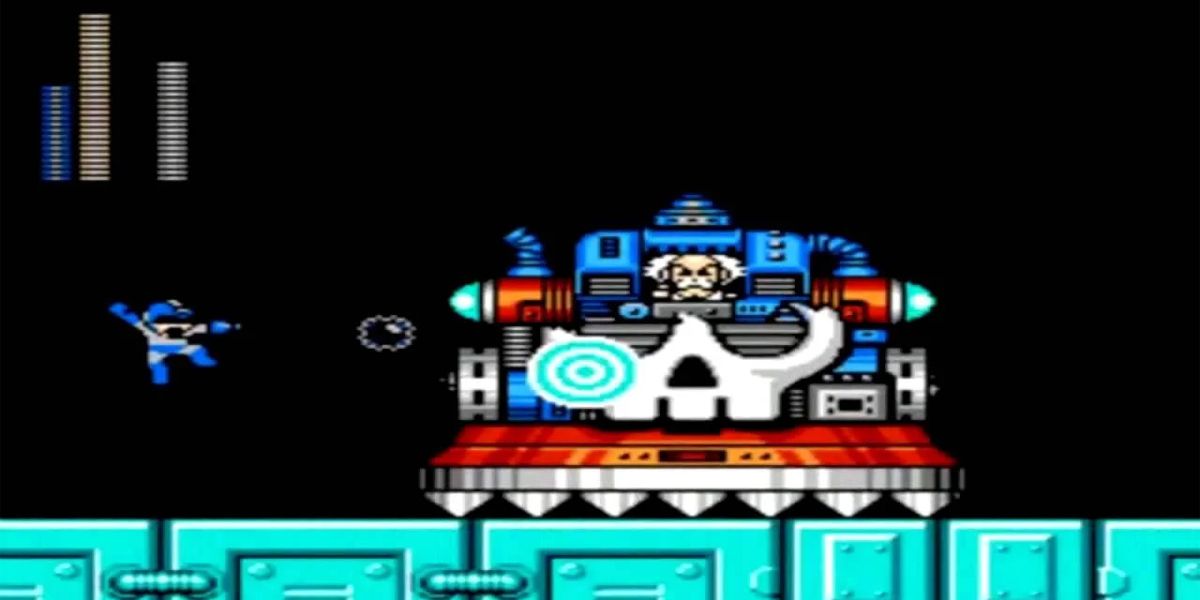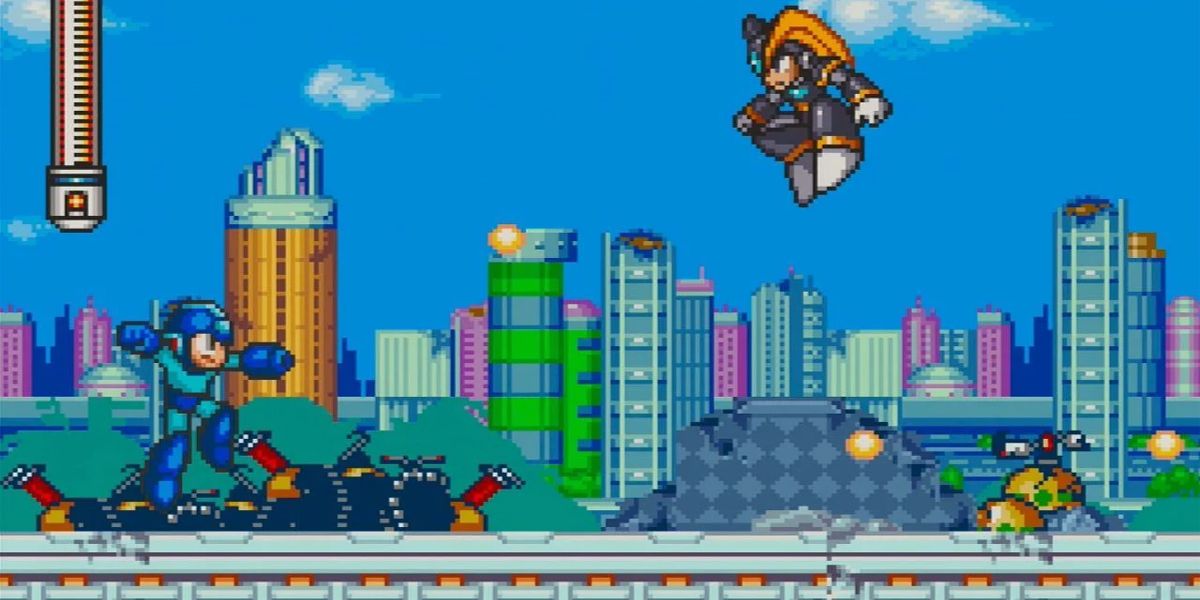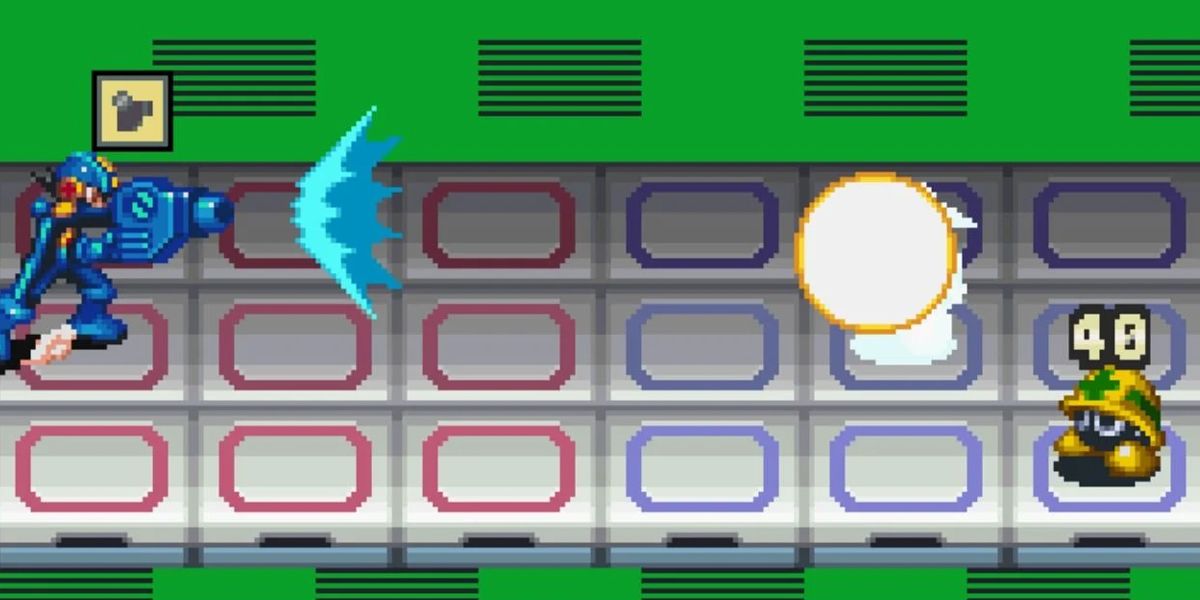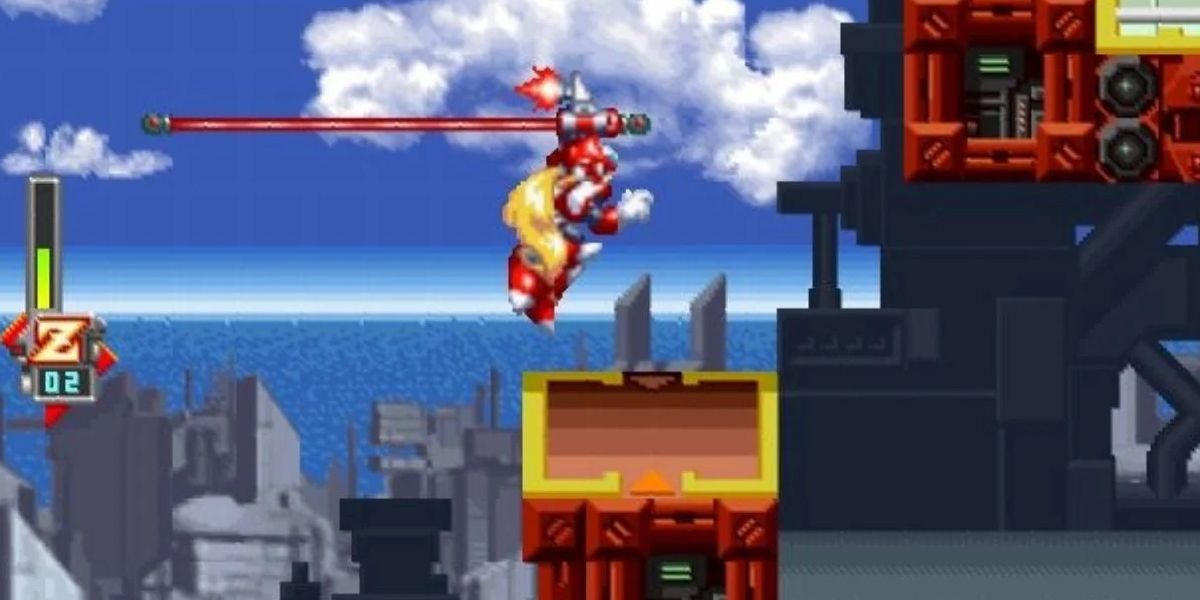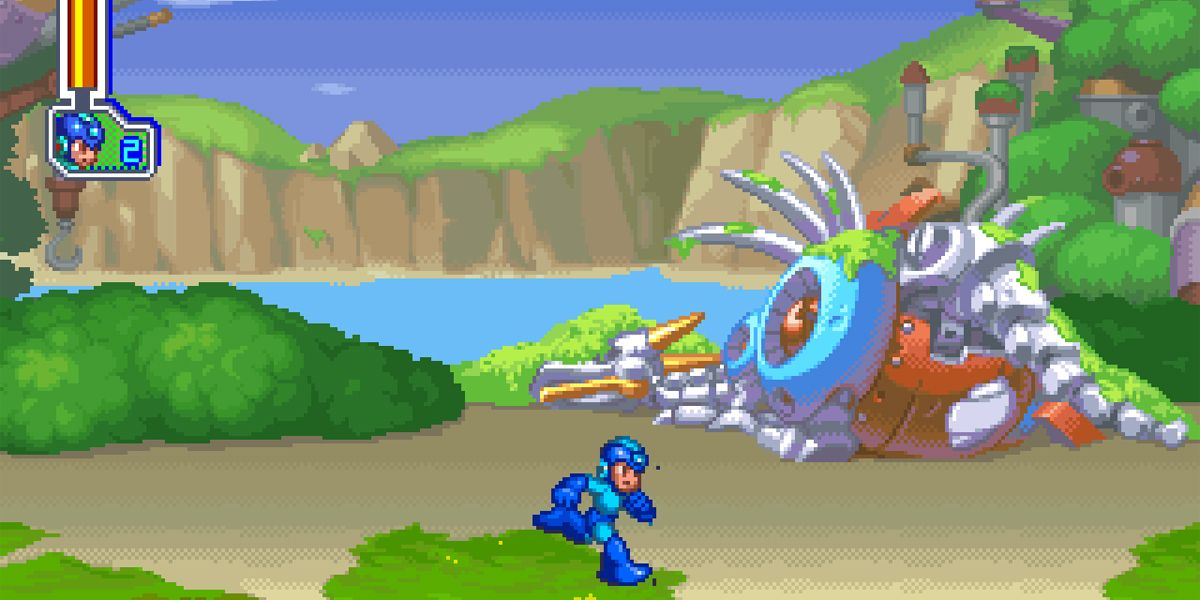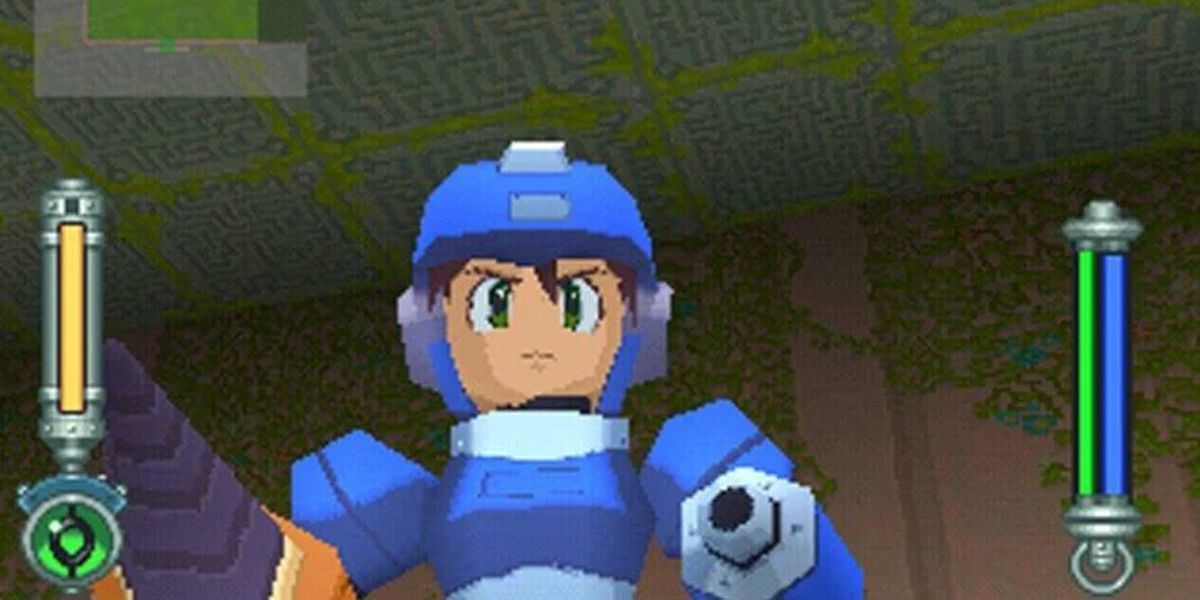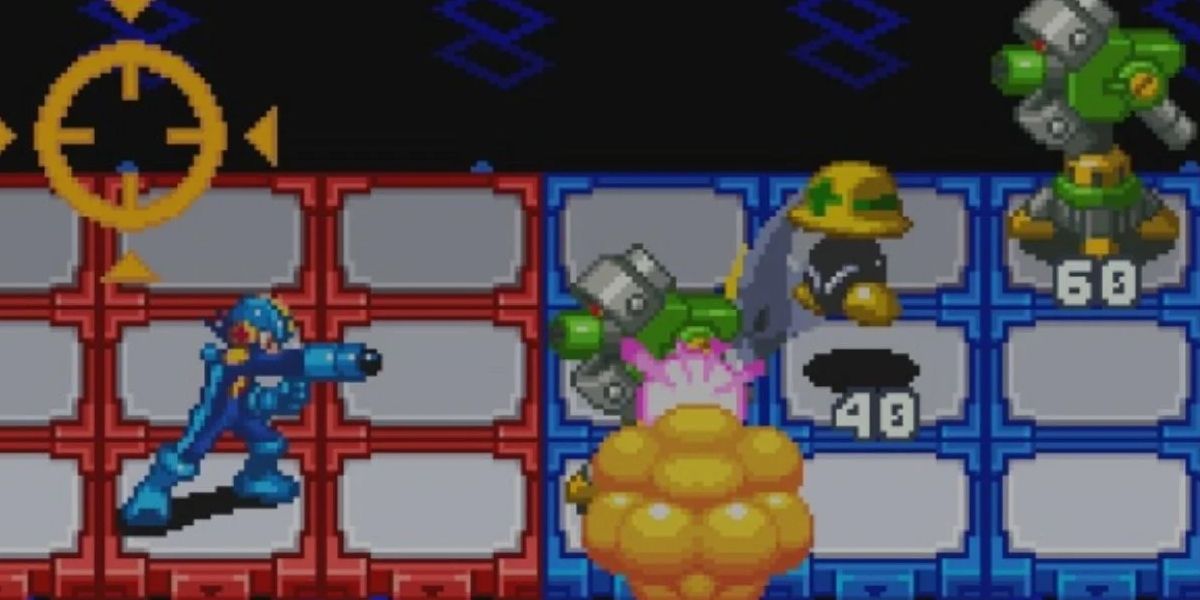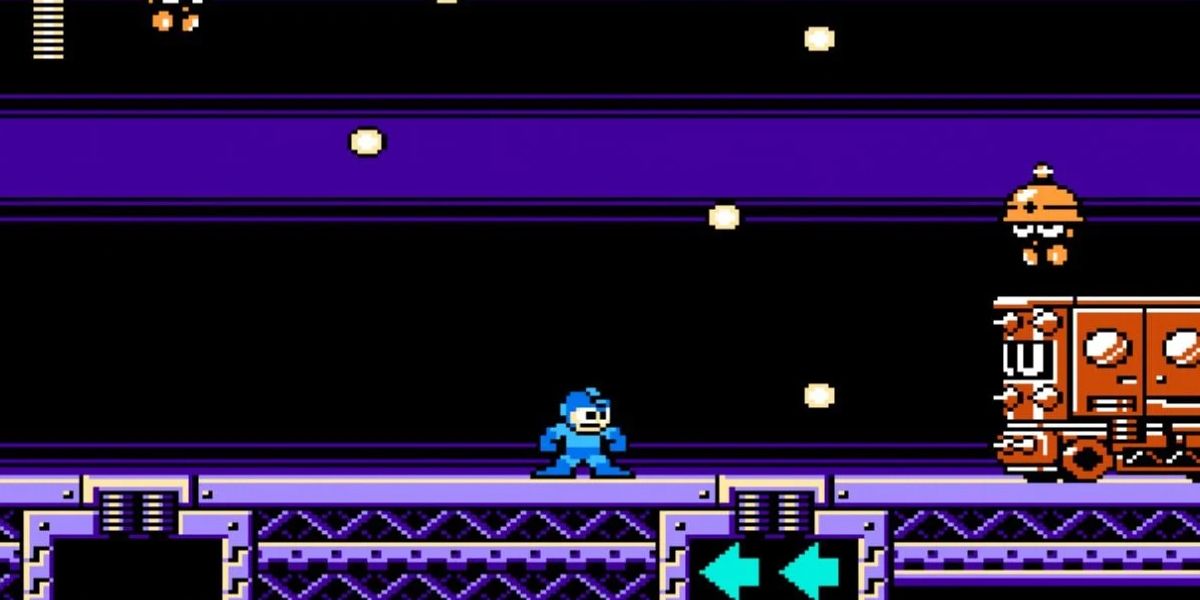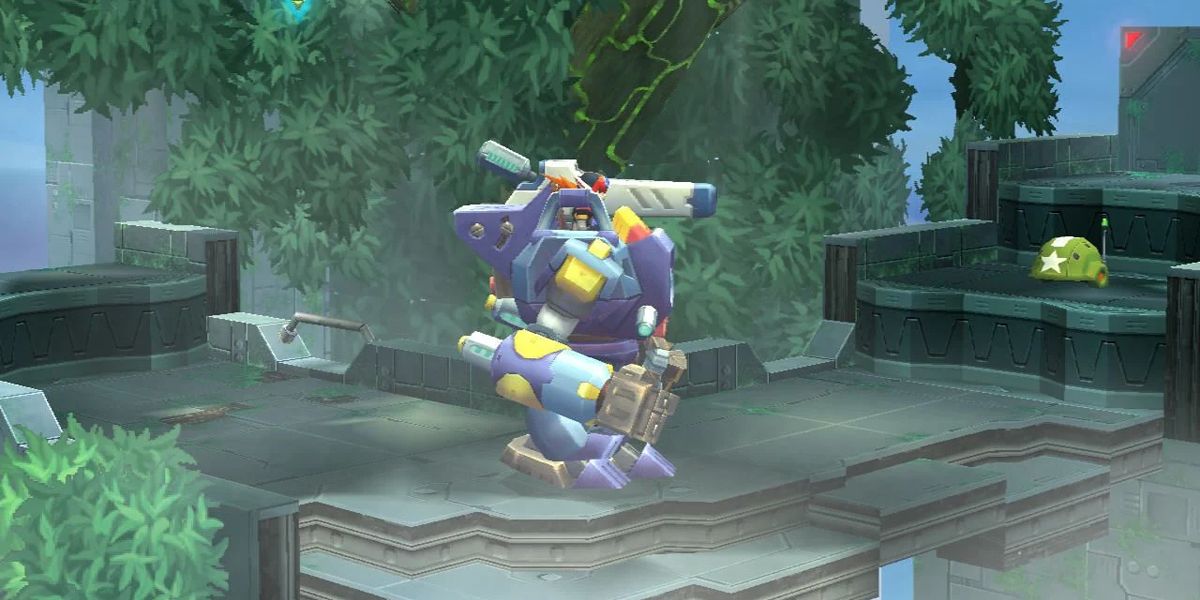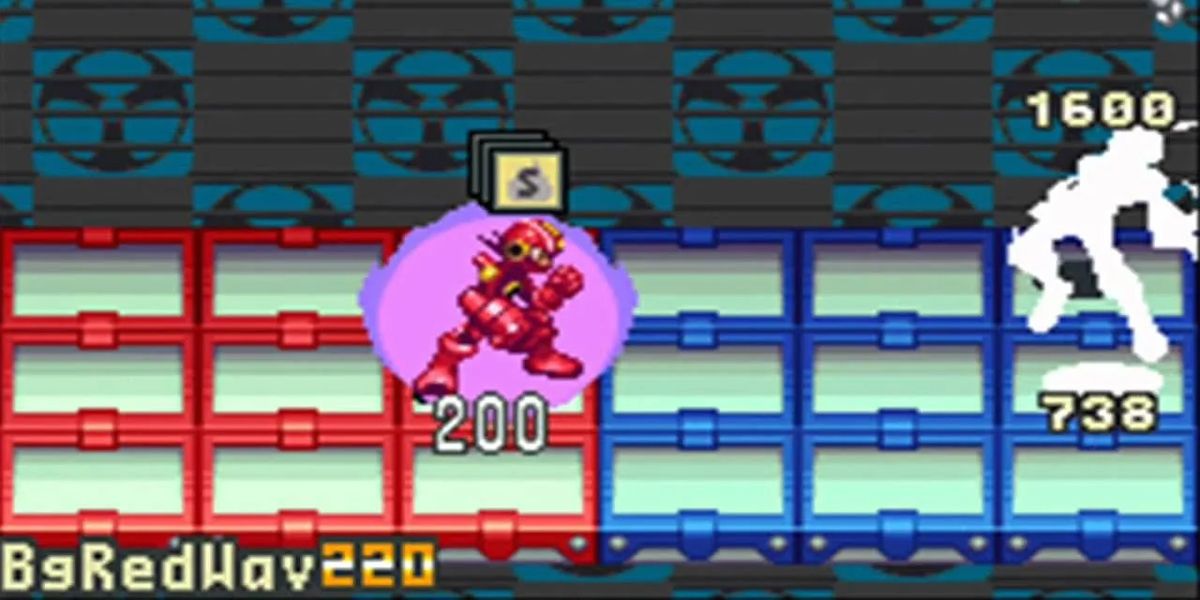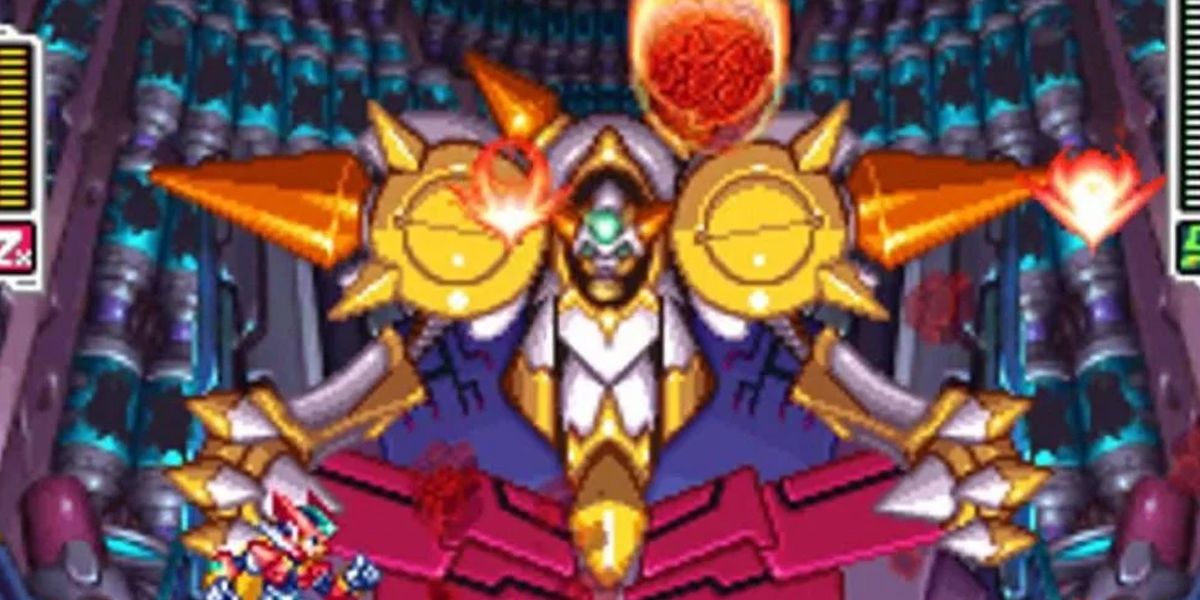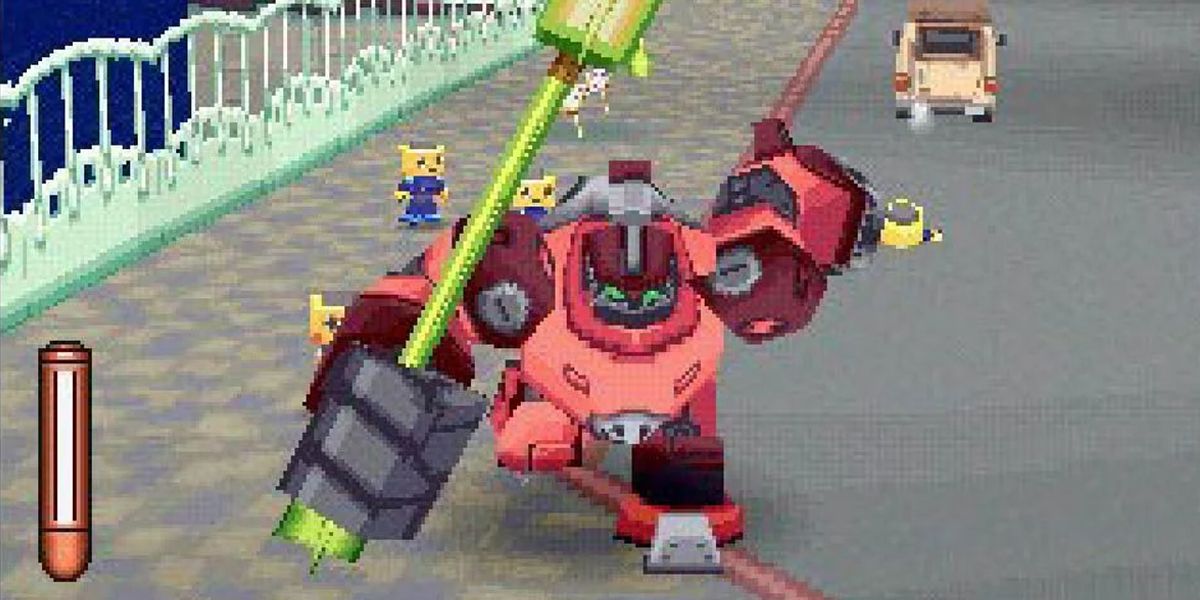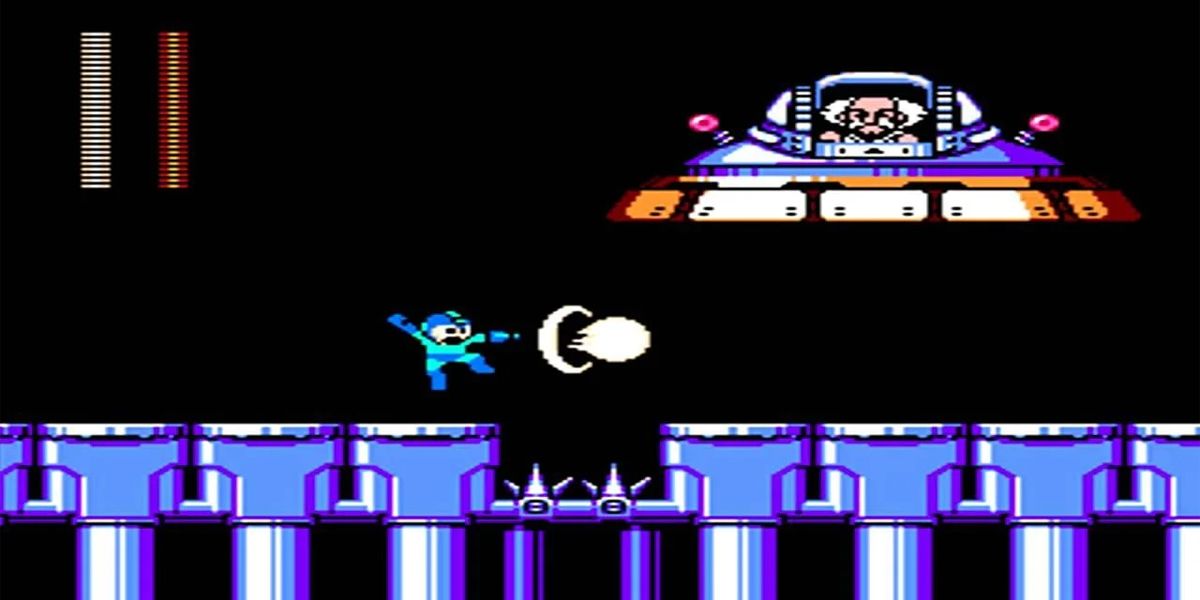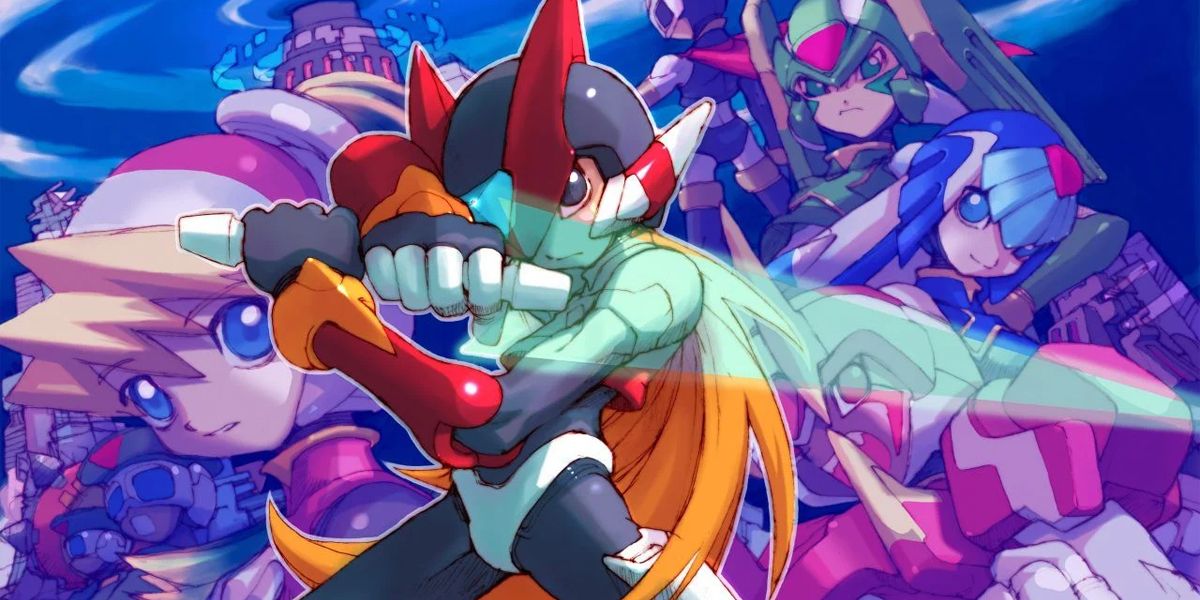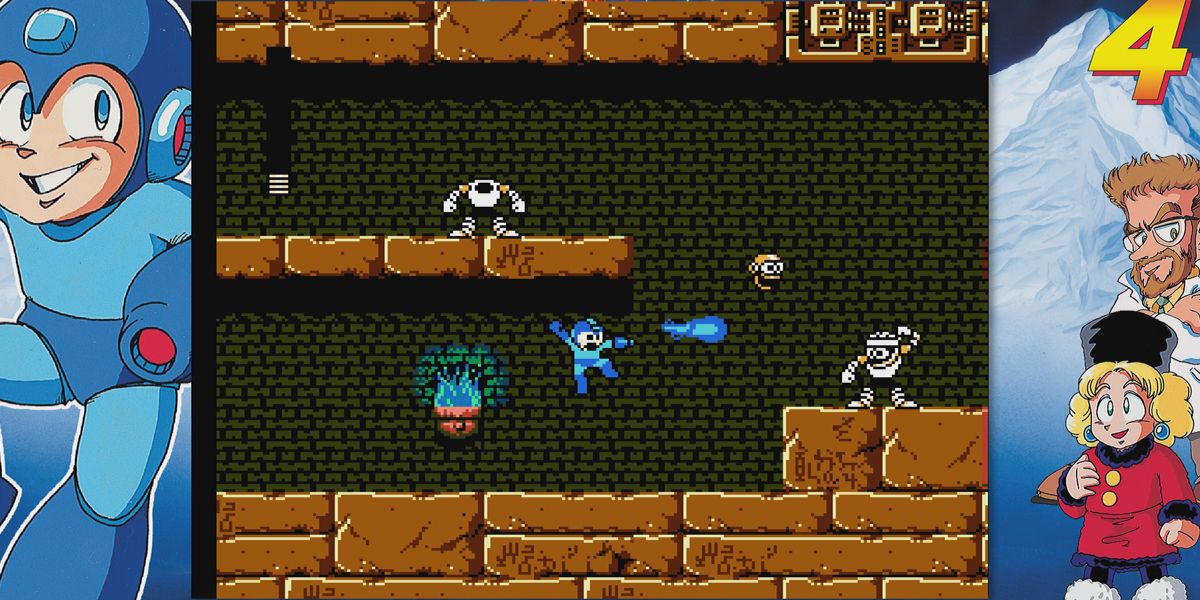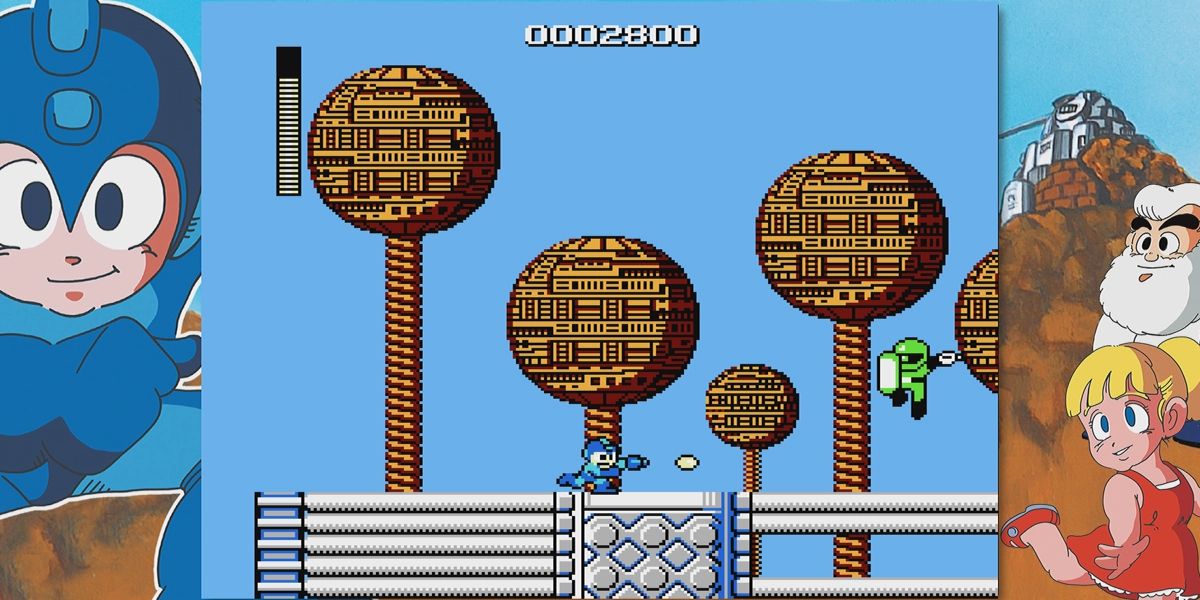Capcom has an annoying habit of periodically forgetting about its iconic blue mascot, but Mega Man's impact on gaming culture cannot and should not be understated. In 1987, Capcom published a visually stunning but hard-as-nails action platformer called Rockman to rapturous applause from critics and a shrug from customers. Three decades later, Mega Man has 11 core games, six other series with their own range of sequels, various spin-offs, and more remakes than Disney's latest release schedule. Reports estimate Capcom's franchise has surpassed 33 million sold units worldwide, a figure pre-dating Mega Man 11. Stepping away from gaming, Capcom’s hero has starred in a handful of anime and Western cartoons, with 2018's Mega Man: Fully Charged serving as the most contemporary example. Rockman’s appeal transcends genre, medium, or decade.
Understandably, a franchise responsible for producing approximately 10 million games is destined to run the gamut in terms of quality. While Mega Man has unquestionably produced some stinkers, most of the main games hold up reasonably well and even the lesser titles offer something to enjoy. While the classic series appears set to continue until the end of time, Capcom loves to explore fresh storylines in lines like Mega Man X, the 3D Mega Man Legends, and the RPG-inspired Mega Man Battle Network. Some have aged better than others.
In an attempt to keep this list’s length somewhat reasonable, only main series entries shall be considered. Spin-offs (Mega Man & Bass, Mega Man Soccer, Mega Man Xtreme), remasters/remakes (Mega Man: Dr. Wily’s Revenge, Mega Man Powered Up) and mobile games (Rockman Xover) are out of contention.
Updated July 8, 2021 by Russ Boswell: The Mega Man series may not be as prevalent as it was in the 90s but it still maintains a strong cult following that is always itching for Capcom to notice and revitalize the action-packed platforming franchise. Even in 2021, there are constant murmurs and rumors pertaining to "what the next Mega Man release is going to be." With such a rich history and a multitude of mainline entries and spinoffs, it's pretty hard to define the best Mega Man games in order. Each sub-series brought its own unique flavors to the historic series but some stand out enough to be worthy of classification of some of the best Mega Man games ever made. But which title reigns supreme as the definitive best Mega Man game ever? To help decide, this list has been updated with pertinent information, better photos, and increased clarity. Here's a look at all the Mega Man games, ranked.
35 Mega Man X7
While not consistent enough to automatically serve as a stamp of quality, Mega Man's name holds a significant amount of weight. When it comes to the core lines of games, Capcom almost never misses the mark completely. Mega Man X7 is a rare exception.
How about some positives? Mega Man X7 deserves credit for daring to trade 2D for 3D, a first in the X series. It is just a shame this change meant the gameplay had to be scrapped and simplified to such a bothersome degree. Adding insult to injury, Mega Man plays second fiddle to an annoying new character, Axl, for most of the campaign.
34 Mega Man X6
Mega Man X6's existence goes a long way in forgiving many of its sequel's shortcomings. Analyzed in a vacuum, Mega Man X7 is undoubtedly a worse offender; however, 2001's sequel marks the lowest point in Mega Man X's history.
Along with wholeheartedly opposing the urge to inject any innovative twists or interesting gimmicks, Mega Man X6 cannot even claim to be a redundant but adequate rehash. Owning the worst level design in the series, Mega Man X6 was bad enough to force Capcom to take the sequel in a different direction.
33 Mega Man Star Force (All Of Them)
Due to none of the entries altering or improving the formula in any significant way, Mega Man Star Force's three games are going to be lumped into a single spot. Players shouldn't let the name fool them, Star Force is basically Mega Man Battle Network with a 3D combat system. Like the Game Boy Advance RPGs, battles are enjoyable enough in their own right, although Star Force's over-the-shoulder camera limits Mega Man's field of play.
Straight out of the gate, Star Force felt tired and devoid of original ideas. There are worse RPGs out there, but that is not really saying much.
32 Mega Man Battle Network 4
In hindsight, Mega Man and JRPGs are a match made in heaven. Capcom's handheld Battle Network line has to rank among the franchise's most beloved secondary series. It's safe to assume that many have an admiration for Final Fantasy, Pokémon, and every JRPG caught in between. Nevertheless, the same may begrudgingly admit that Battle Network 4 is slightly awful.
The fourth entry's saving grace is Soul Unison, an ability allowing Mega Man to temporarily assume another character's attributes. Battle Network 4 also introduces Dark Chips, a mechanic influenced by Mega Man's emotional state in battle. While they provide a temporary power boost, Dark Chips come with too many consequences to be viable options.
31 Mega Man 6
Addressing solely the core series, Mega Man has never truly produced an awful sequel. As nearly all of the entries have their positives and negatives, newbies should consider playing through the entire collection rather than sticking to the conventionally adored games.
Mega Man 6 reeks of complacency. With Mega Man X on the horizon, Capcom's 1993 sequel feels like an afterthought created to tide fans over until the debut of the 16-bit series. The story, stages, and bosses are – at best – serviceable; at worst, Mega Man 6 is redundant.
30 Mega Man 7
The only entry in the main series produced for the SNES, Mega Man 7's colorful 16-bit aesthetic distracts from the sequel's refusal to alter anything about the core experience. Just to be clear, 1995's platformer is perfectly playable – few Mega Man titles fail to exceed such a low bar – and the visuals are pleasing on the eyes.
The gameplay is fine, although there is less of it than the preceding entries. In fact, Mega Man 7 drops the eight selectable stages for a measly four. Despite its shortcomings, Mega Man 7 is a-okay.
29 Mega Man Battle Network
The original deserves credit for boldly altering the fundamental ingredients associated with Capcom's license. Gone were the platforming sections and situational weapons, replaced by real-time action-RPG battles and a card-based attack system. Mega Man Battle Network has our respect.
The sequels improve pretty much every element introduced in 2001's original RPG, but Battle Network is still a satisfying experience in its own right.
28 Mega Man X5
Taking into account Mega Man X5 was meant to be the last entry in this particular series, the subsequent games' noticeable decline makes a bit of sense. For all intent and purposes, X's story reaches a satisfying conclusion in Mega Man X5. Everything past this point is filler.
Mega Man X5 is a fitting finale. While a couple of interesting mechanics are introduced, including the ability to freely switch between X and Zero, Mega Man X5 understandably prioritizes its story over altering the formula. A worthwhile ending to a fantastic adventure.
27 Mega Man 8
Up until 2018, Mega Man 8 owned the distinction of being the prettiest entry of the core series. In fact, some may argue Mega Man 11 does not compare to the series' only 32-bit release. Published for the PlayStation and Sega Saturn, Mega Man 8 is arguably the license's most divisive representative.
Ignoring the laughable voice acting and the unwelcome return of Mega Man 7's four stages, Mega Man 8 satisfyingly reproduces many of the franchise's central elements in a fresh coat of paint. Want to experience a classic Mega Man adventure in 32-bit? Mega Man 8 should hit the spot.
26 Mega Man Legends
Mega Man Legends' status comes down to a user's willingness to forgive archaic 3D controls. Originally released on the PlayStation 1 but later ported to the Nintendo 64 and PC, Mega Man Legends is the lovable mascot's first proper 3D adventure. Permitting no shooting is involved, Mega Man moves well enough for the era; unfortunately, Legends predates The Legend of Zelda: Ocarina of Time and its lock-on targeting system. Consequently, the gameplay falls apart the second Mega Man remembers he is in a third-person shooter!
Mega Man Legends' world-building is impressive, with an NPC's dialogue options evolving along with the narrative. Now Capcom has finally remembered Mega Man exists, a Legends remake needs to happen!
25 Mega Man Battle Network 5
If nothing else, Battle Network 5 succeeds in actualizing a couple of the fourth entry's intriguing but poorly executed ideas. Instead of tempting players with a temporary power boost when Mega Man is low on health, Dark Chips are normal cards that – once used – block the ability to activate Soul Unison. DarkSouls are also pretty awesome.
Battle Network 5 is a safe bet for anyone remotely interested in Mega Man or JRPGs. The Nintendo DS version contains the campaigns of both Game Boy Advance releases (Team Protoman and Team Colonel).
24 Mega Man 10
A direct successor to Mega Man 9, 2010's continuation retains the 8-bit aesthetic and traditional mechanics stripped right out of the original two games. Mega Man 10 is more of the same, which is not an awful thing when the latter happens to be the fantastic Mega Man 9.
Mega Man 10's bosses and stages are somewhat uninspired, and Capcom missed an opportunity to solidify the lovable mascot in the modern era. At the very least, the Slide Move and Charge Shot should have been reinstated.
23 Mega Man X8
Mega Man X6 and X7 set the bar so low, a grasshopper could have cleared it. Mega Man X8 amounts to far more than an insect! Mega Man X's last entry is such a blast to play, we can almost forgive Capcom's greedy attempt to milk the franchise for all its worth.
Mega Man X8 wisely limits the 3D elements to the visuals, while the actual gameplay reverts back to traditional 2D. Featuring three swappable characters with their own unique playstyles, Mega Man X8 provides various ways to complete missions.
22 Mega Man Battle Network 2
Battle Network piqued the public's interest, the sequel guaranteed customers continue to return for more. Mega Man Battle Network 2 carries a certain degree of confidence absent from the first game. Capcom realized they had potentially a massive hit on their hands, and the publisher was not going to waste it!
Battle Network 2 is the original game plus a handful of quality of life improvements. Players can now prepare three folders to quickly swap as necessary prior to a battle. Town Square serves as a (limited) hub world to interact with NPCs, while the number of chips has been raised to 250.
21 Mega Man ZX
It's possible that many players aren't even aware of this title There is more to the mass of Mega Man sub-series than Battle Network and X. Developed by the same team responsible for Mega Man Zero, ZX consists of two Nintendo DS exclusives set two centuries following the events of the former. After choosing between a male or female human character, players pick from a list of missions packed with Mega Man's typical fast-paced action.
As the fourth traditional action-platformer branch based on Capcom's legendary property, great gameplay should be expected. Mega Man ZX's crowning achievement is Biometals, artifacts that unlock various unique units based on X or Zero.
20 The Misadventures Of Tron Bonne
Released as a stop-gap between the two numbered Legends games, The Misadventures of Tron Bonne is comfortably Mega Man's most unjustly overlooked project. A sequel starring the endearing pirate introduced in 1997's Mega Man Legends, Tron Bonne fares better when not demoted to a comedic character with a crush on Mega Man.
The Misadventures of Tron Bonne's combat suffers from the stiff controls associated with this entire sub-series; however, Tron Bonne reduces this annoyance by framing missions as mini-games rather than traditional action-adventure levels.
19 Mega Man 5
The easiest Mega Man on the NES, 1992's sequel marked the beginning of the end for the original series' classic run of games. While not the last to make use of 8-bit graphics, Mega Man 5 has a lot more going for it than 1993's follow-up.
Mega Man 5 does nearly everything well. In fact, the sequel basically combines the best elements of the preceding titles to create an enjoyable albeit familiar adventure. Mega Man 5 is a competent rehash. Unfortunately, a rehash is all it is.
18 Mega Man Zero
Marking the first appearance of Zero's Game Boy Advance line of games, Mega Man Zero has a convincing case for being the franchise's most consistently great sub-series. While all four games are quite enjoyable, Mega Man Zero is noticeably rougher around the edges than any of its sequels. Set a century after Mega Man X, Zero awakens to a war between androids and humans. Zero evolves Mega Man's lore better than any other series.
While the sequels stick to Mega Man's traditional stage select format, Zero's handful of stages are interconnected through a hub. Blending hack and slash, platforming, and shooting mechanics; Mega Man Zero is too ambitious for its own good.
17 Mega Man 4
At this point, very little distinguishes one entry from the next. On any other day of the week, Mega Man 4 could have very well ranked in the top 10. By the fourth game, Capcom ironed out the Mega Man formula to facilitate for annual publications. While not completely devoid of innovation, Mega Man 4 marks the point when the series began to resist the winds of change.
Mega Man 4 introduces the ability to charge the hero's Mega Buster for a boost in damage, a feature destined to become a prominent mechanic in the series. This addition is so fantastic, the earlier entries feel restrictive without it.
16 Mega Man
Every franchise must start from somewhere. While the latter games fine-tuned the formula, the original Mega Man arrived already possessing many of the elements that would come to define the property. Released in 1997 for the Nintendo Entertainment System, Rockman boasts stellar graphics, brilliant music, and exciting weapon-based gameplay that blends pitch-perfect controls with visual flair.
Certain things like the scoring system are ultimately discarded, while the fact there are two fewer bosses definitely works against the original Mega Man, but Capcom’s blue mascot came out of the gate firing on all cylinders.

